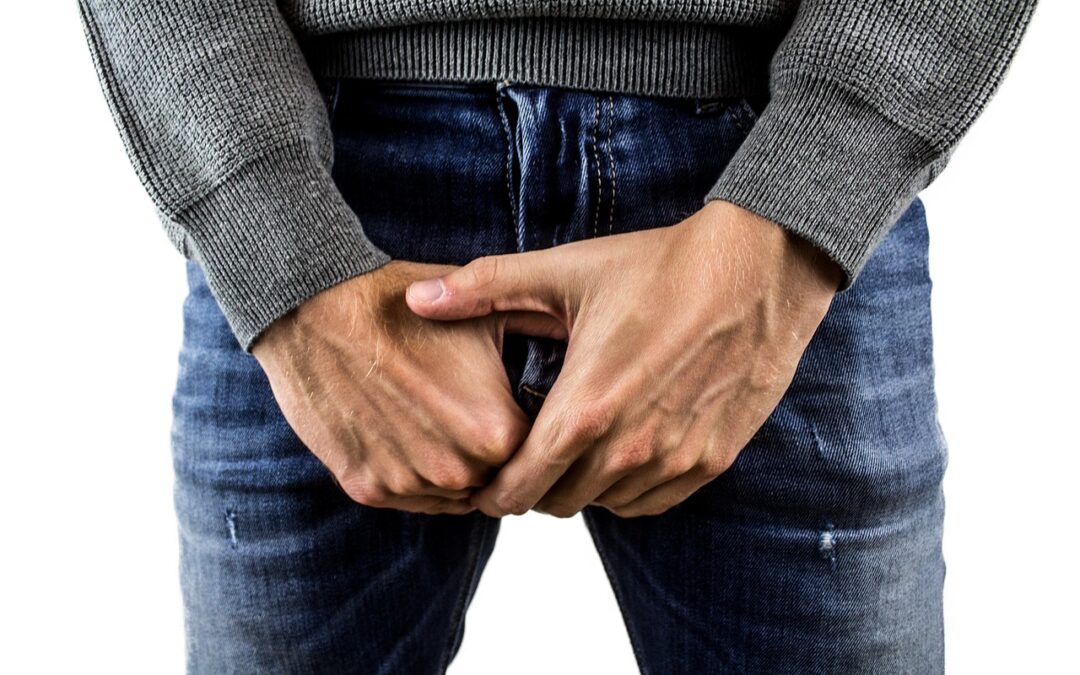Did you know that the most common form of cancer in boys and young men ages of 15-35 is almost entirely curable if caught early? And did you know that awareness and screening are the most effective ways to fight that disease? Now that you know, how’d you like to help spread the word?
April is Testicular Cancer Awareness Month, and now’s the perfect opportunity to make sure that the men and boys in your life learn everything they can about testicular cancer.
Testicular cancer is relatively rare, accounting for only about one percent of all male cancers. Caucasian males are more likely than African Americans, Asians, and Hispanics to develop the disease. But overall, it’s the most common form of cancer among boys and men between 15 and 35 years old, with an average age at diagnosis of about 33. This year, in the U.S. alone, more than 9,600 males will be diagnosed with testicular cancer, according to the American Cancer Society, and about 440 will die. And over the past few decades, the incidence rate has been steadily increasing.
The good news is that testicular cancer, if caught early, has a 99 percent five-year survival rate. But the bad news is that, as we’ve discussed in previous columns, in general, men and boys are far less likely than women and girls to have regular contact with a healthcare provider. That makes early diagnosis of testicular cancer—and most other potentially serious health conditions—extremely difficult. As a result, too many cancers aren’t diagnosed until it’s too late, which helps explain why cancer mortality rates for men are notably higher than for women.
The most effective way to reduce the number of deaths from testicular cancer is to educate boys and young men (and those who love them) about the importance of doing regular testicular self-exams and recognizing the symptoms of the disease. A number of high-profile male athletes and celebrities have gone public about their battles with testicular cancer. World Champion figure skater, Scott Hamilton, is one of those survivors, and he says that early detection is key. “I knew something was different and didn’t do anything. For a long time. By the time I found out why, I was Stage 3 (out of 4)…. You know your body. Self-examination is easy and takes very little time. Getting to cancer early is still the best way to survive.”
Men’s Health Network, a national nonprofit I’ve been working with for more than 20 years, encourages all young men ages 15-35 to regularly perform testicular self-exams, and if they feel a lump or a bump or anything out of the ordinary, to tell someone and see a doctor immediately. Early symptoms of the disease can be mild, which often causes many to delay seeking medical attention.
Treating testicular cancer typically involves one or more of the following: surgery to remove the cancer, chemotherapy, and radiation treatment. Many young men who get diagnosed with testicular cancer worry that those treatments might make it impossible for them to become dads. Fortunately, that’s not true. Several recent studies suggest that while chemotherapy or radiation may decrease sperm counts during treatment, fertility typically returns within two years.
Sadly, we still don’t understand what causes testicular cancer in the first place or whether there are any environmental or behavioral factors that might increase or decrease one’s risk.
So as Testicular Cancer Awareness Month gets underway, I encourage all young men to take their health into their own hands. Literally. If you’re in a relationship, you and your partner can examine each other (women should be doing monthly breast exams). If you or your partner finds something that doesn’t feel right, make an appointment with a healthcare provider. For more information and resources about testicular cancer and other male-specific health issues, visit http://www.testicularcancerawarenessmonth.com/ and http://www.menshealthresourcecenter.com/.Image by Darko Djurin from Pixabay




Recent Comments